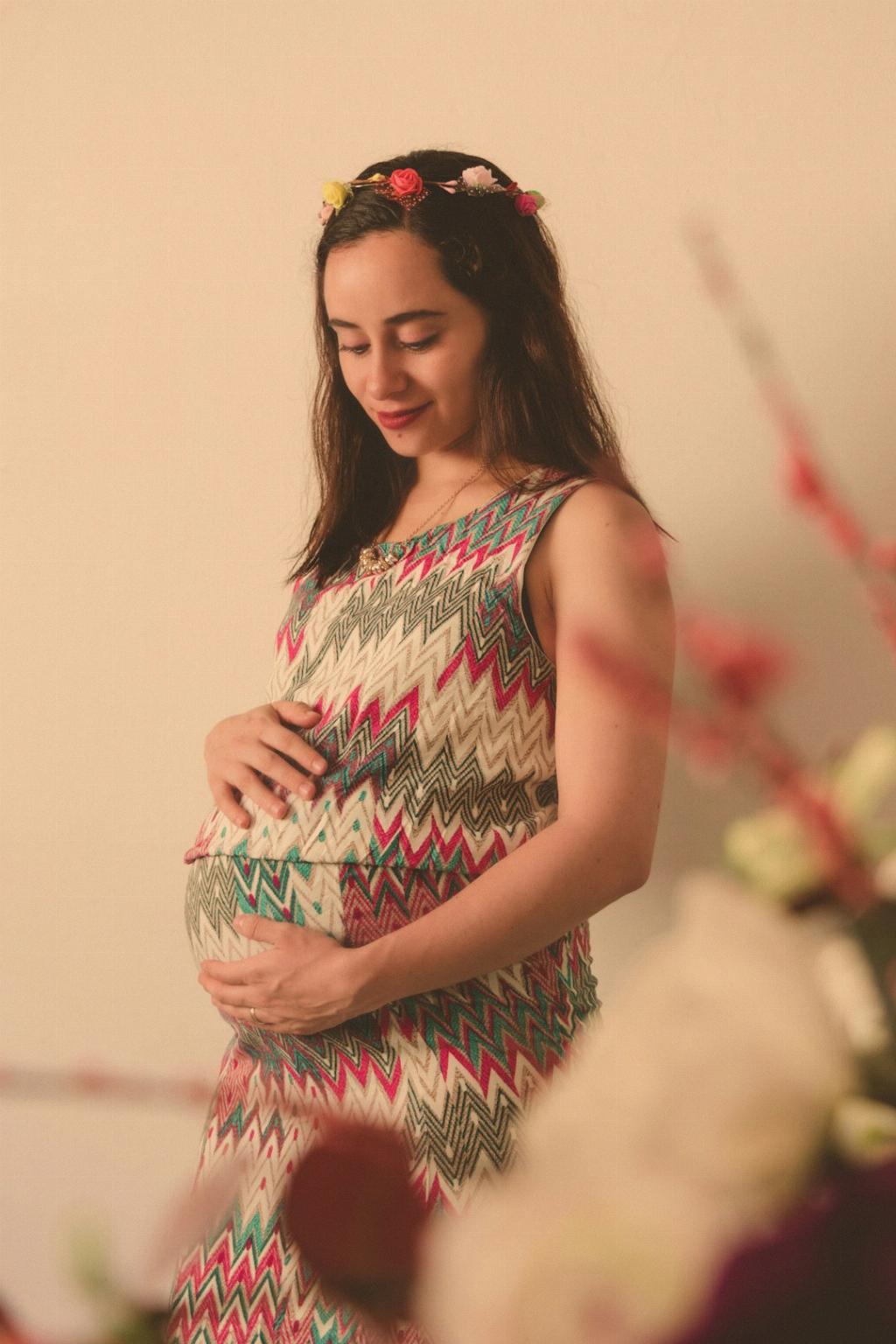During pregnancy, it’s not uncommon for women to experience various aches and pains, including discomfort in the umbilical cord region. This area, where the umbilical cord is attached to the fetus, can sometimes become tender or painful for expecting mothers. Understanding the causes of this discomfort is essential for managing it effectively.
Uterine Growth and Stretching
One of the most common reasons for experiencing pain at the umbilical cord during pregnancy is the growth of the uterus. As the baby develops and the uterus expands to accommodate the growing fetus, the skin and tissues around the abdomen, including the area near the umbilical cord, may stretch. This stretching can lead to discomfort and tenderness in the umbilical region.
Pressure on the Abdominal Muscles
Along with uterine growth, the increasing size and weight of the baby can put pressure on the abdominal muscles. This added pressure can cause strain on the muscles around the umbilical cord, leading to pain and soreness in the area. Taking breaks, practicing good posture, and gentle stretching exercises may help alleviate this pressure and reduce discomfort.
Round Ligament Pain
Another common source of umbilical pain during pregnancy is round ligament pain. The round ligaments support the uterus and expand as the uterus grows during pregnancy. When these ligaments stretch or contract suddenly, it can cause sharp or shooting pains in the lower abdomen, including around the umbilical cord area.
Gas and Digestive Issues
Gas and bloating are frequent occurrences during pregnancy due to hormonal changes and the pressure exerted by the expanding uterus on the digestive organs. When gas gets trapped in the intestines or stomach, it can lead to discomfort and abdominal pain, including around the umbilical cord. Eating small, frequent meals and staying hydrated can help alleviate digestive discomfort.
Braxton Hicks Contractions
Braxton Hicks contractions, also known as practice contractions, are mild, irregular uterine contractions that occur throughout pregnancy. While these contractions are usually painless, they can sometimes cause discomfort in the abdomen, including around the umbilical region. Staying hydrated, changing positions, and practicing relaxation techniques can help manage Braxton Hicks contractions.
Other Potential Causes
In some cases, umbilical pain during pregnancy may be indicative of more serious conditions such as umbilical hernia, placental abruption, or other complications. It is important for pregnant women experiencing severe or persistent umbilical pain to consult with their healthcare provider for a thorough evaluation and appropriate management.
Preventing and Managing Umbilical Pain
To prevent and manage umbilical pain during pregnancy, it is essential to practice good posture, engage in regular exercise, and listen to your body’s signals. Avoiding sudden movements, staying hydrated, and wearing comfortable, supportive clothing can also help alleviate discomfort in the umbilical region.
Consulting with Healthcare Provider
If you are experiencing significant or prolonged umbilical pain during pregnancy, it is crucial to seek guidance from your healthcare provider. They can perform a comprehensive assessment to determine the underlying cause of the pain and recommend appropriate treatment options to ensure both your health and the well-being of your baby.
Conclusion
While umbilical pain during pregnancy is often related to normal physiological changes such as uterine growth and stretching, it is essential to pay attention to any unusual or severe discomfort in this area. By understanding the potential causes of umbilical pain and seeking timely medical advice when needed, pregnant women can effectively manage and alleviate pain in the umbilical cord region.

